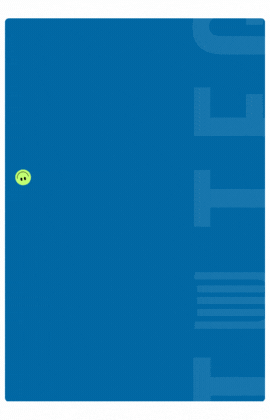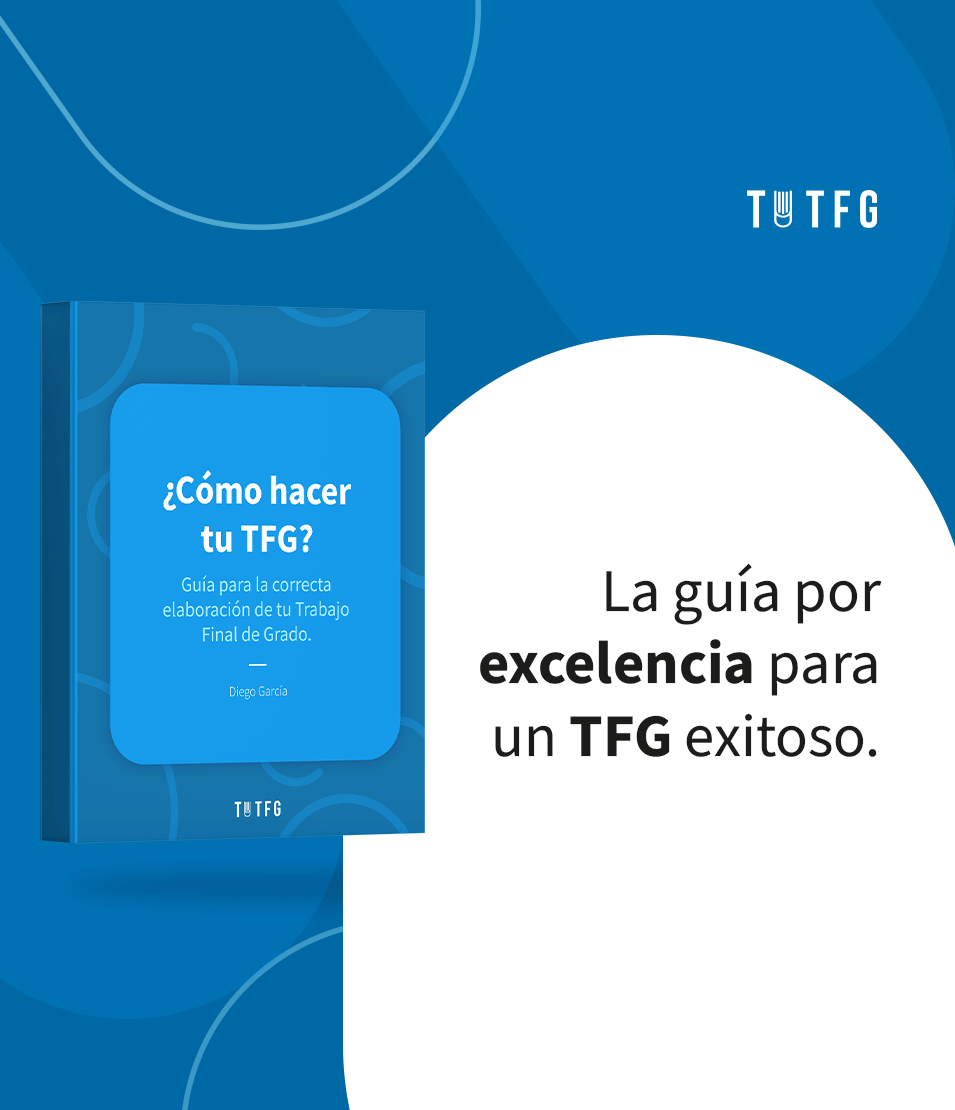¿Quieres aprender a escribir un abstract y necesitas ejemplos? Entonces, en este post, te explicamos de qué se trata y te damos ejemplos concretos para que puedas hacer el tuyo.
Así que: ¡Sigue leyendo y toma nota!
¿Quieres saber qué es un abstract? Continúa leyendo
Un resumen o abstract se trata de una síntesis clara de tu investigación. Por lo tanto, para muchos trabajos académicos, tendrás que elaborarlo para ubicar a los futuros lectores en relación con etapas o aspectos fundamentales.
Específicamente, la síntesis que debes escribir contiene los siguientes elementos del proceso: tema en cuestión, problema planteado, los objetivos, el enfoque adoptado y los resultados obtenidos. Dependiendo de tu formación e investigación específica, podrás agregar también algún concepto clave del marco teórico y hasta la metodología de recolección de datos.
Sin embargo, ¡mucho cuidado! El resumen o abstract es un formato breve. Por lo tanto, no puedes perderte abundando en detalles. Su extensión suele ser de 200-300 palabras, para que tengas una referencia.
En general, las universidades, revistas científicas o congresos solicitan que incorpores también el correspondiente abstract. Este se ubica a continuación del resumen y consiste en su versión en inglés.
La importancia que tiene es habilitar un mayor alcance a las investigaciones. De esta manera, el conocimiento producido puede difundirse a nivel internacional. Además, funciona como un primer acercamiento a la lectura del artículo, tesis o proyecto. A partir del título y del resumen o abstract, como lectores sabremos si nos interesa y si es lo que estamos buscando.
Ejemplos de abstract
Para que comprendas cabalmente el concepto de abstract, es importante que conozcas alguno. En esta ocasión, te traemos cuatro ejemplos de abstract para que leas y puedas utilizar como referencias.
Hemos tomado estos ejemplos concretos abstract de los repositorios institucionales de las UAB y la UAM. Al final de este artículo, en la sección Referencias bibliográficas, encontrarás cómo citar los trabajos adecuadamente, si te son útiles. También, presionando en el título de cada uno, podrás acceder a los textos completos en su fuente original.
¡Manos a la obra y a redactar ese resumen o abstract!
Abstract ejemplo 1: Psicología
Primero, te mostramos un ejemplo de TFG de Psicología:
For years, the terminologies of Psychopathy, Antisocial Personality Disorder (ASPD) and Sociopathy have been assumed as synonyms, but Psychopathy is characterized by necessarily including personality traits such as lack of empathy and remorse. There are many hypotheses about the etiology of Psychopathy and ASPD including genetic, neurobiological and conduct epigenetic models. Recently, Oxytocin (OXT) hormone has been studied as a possible biomarker of this pathology due to its relationship with empathy and affective bonds. For this project, 46 articles, 3 manuals and a book have been reviewed.
The aim is to propose a differential diagnosis protocol for these pathologies under research purposes. This protocol is designed in 4 steps that includes a psychopathological and a personality inventory (PAI and TCI-R), the SCID-II, the PCL-R, functional neuroimaging task tests with fMRI and an evaluation of OXT salivary levels. Neuroimaging and OXT studies suggest that there is a dysfunction within corticolimbic and corticostriatal circuitry involved in emotion regulation in subjects with elevated psychopathic traits (Factor 1) and lower levels of this hormone. However, the results of these last seem unreliable due to the poor research in this field. Nowadays, OXT cannot be established as a biomarker for Psychopathy as part of the differential diagnosis. To study in-depth the etiology of Psychopathy can help to discriminate, diagnose and better evaluate a psychopath, predict the risk of violence, and improve the design of treatment programs. (Cobos Costa, 2020, p. 1).
Abstract ejemplo 2: Gestión de Ciudades Inteligentes y Sostenibles
Segundo, veamos un ejemplo de abstract de un TFG en Gestión de Ciudades Inteligentes y Sostenibles:
This project is included within the field of Artificial Intelligence, its objective is to carry out a practical case using Deep Learning or deep learning tools, developing a neural network that allows us from an image of an analog clock that marks one hour concrete, that our program is able to guess the time that that clock marks.
At the programming level, the Python programming system has been chosen, using the Pytorch library to develop the neural network.
To train the system, a large number of analog clocks are randomly generated, for this particular case study they are images that each have two hands corresponding to the hour and minute of the clock, for each clock a record is kept that will label the exact time showing. (Ortíz Ramírez, 2021, p. 1).
Abstract ejemplo 3: Ingeniería Informática
Tercero, tenemos un ejemplo de abstract de un TFG en Ingeniería Informática.
Self-organizing maps are unsupervised neural networks,that found their inspirations in neurobiology.They obtain a dimensionality reduction visualization of the data while preserving the similarity relationships.
Self-organizing maps and their variants, have shown to be able to obtain good results in various fields of research, highlighting their use mainly in the classification of data and detection of complex relationships, patterns and anomalies, allowing a very visual analysis.
In this Project I did a study and selection of the available implementations of the algorithm and its variants in Python. I also did, the appropriate adaptations and implementations to the libraries to be incorporated into the interactive tool developed in Dash.
This utility includes three types of algorithms for its analytics, self-organizing maps (SOM), growing self-organizing maps (GSOM), and growing-hierarchical- self-organizing maps (GHSOM). These last two variants hava a special interest since they adapt their size / structure in a automatic way to the distribution of the data, achieving an optimal representation of the same at the models […]. (Rubio Pintado, 2021, p. 9).
Abstract ejemplo 4: Ciencias de la Comunicación
Por último, a continuación, puedes leer un ejemplo de abstract de Ciencias de la Comunicación. Entonces:
The following work tries to determinate the role that plays the sound in spanish television information. To corroborate the mail hypothesis, the work develops an analysis of the news program of La 1 and Antena 3, focusing on the typology of the sound used, either music, sound effects or ambient sound. (Teruel Delgado, 2020, p. 2).
Así, esperamos que estos ejemplos te ayuden a redactar tu resumen o abstract. Además, recuerda que puedes seguir buscando casos concretos tanto en el repositorio digital de tu universidad, así como en el de otras.
Referencias bibliográficas (ejemplos de abstract)
Cobos Costa, E. (2020). Oxitocina : ¿Puede ser clave para el diagnóstico diferencial de la Psicopatía? .[Trabajo Final de Grado]. Universidad Autónoma de Barcelona.
Ortíz Romero, D. (2021). Aprendiendo a leer la hora. [Trabajo Final de Grado]. Universidad Autónoma de Barcelona.
Rubio Pintado, A. (2021). Aplicación interactiva para el análisis de datos mediante mapas autoorganizados. [Trabajo Final de Grado]. Universidad Autónoma de Madrid.
Teruel Delgado, A. (2020). El papel del sonido en la construcción de las piezas informativas en los telediarios generalistas españoles. [Trabajo Final de Grado]. Universidad Autónoma de Barcelona.
¿Te ayudamos con el abstract de tu TFG?
Si estos ejemplos te resultaron insuficientes y aún necesitas ayuda con tu resumen o abstract, escríbenos.
En TUTFG nos encargamos de compartirte los recursos necesarios para que alcances tus metas universitarias. Por esto, trabajamos con un equipo de +500 profesionales en todos los campos disciplinares.
Además, nos especializamos en investigación, traducción y redacción académica. En este sentido, nos adaptamos a las normas de citación requeridas por tu universidad o institución.
No solo te ayudamos con los ejemplos de abstract. También te ofrecemos servicio de detección de plagio con Turnitin. Este programa es el antiplagio favorito de la comunidad universitaria, usado en más de 140 países y por más de 30 millones de estudiantes a nivel internacional. Con cada revisión, elaboramos un informe sobre la confiabilidad de tus fuentes para que proyecto o trabajo final sea único.
Consulta por tu presupuesto gratis
Cuéntanos cómo podemos acompañarte y lo haremos. Para saber más, solicita tu presupuesto sin costo y a la medida de tus expectativas completando el formulario o escribiéndonos vía WhatsApp.
Luego, un asesor académico se pondrá en contacto contigo.







